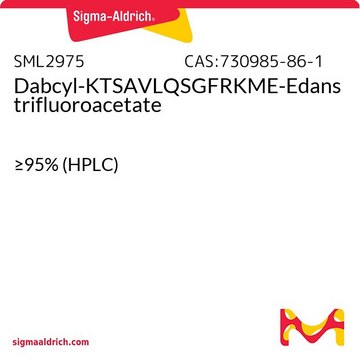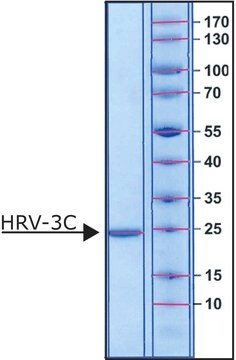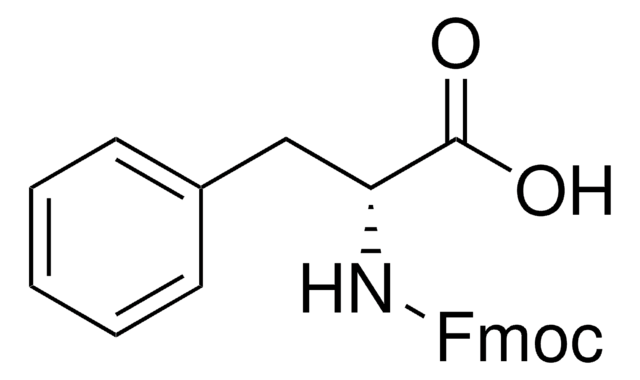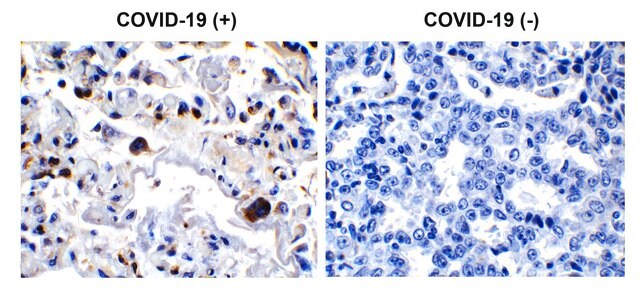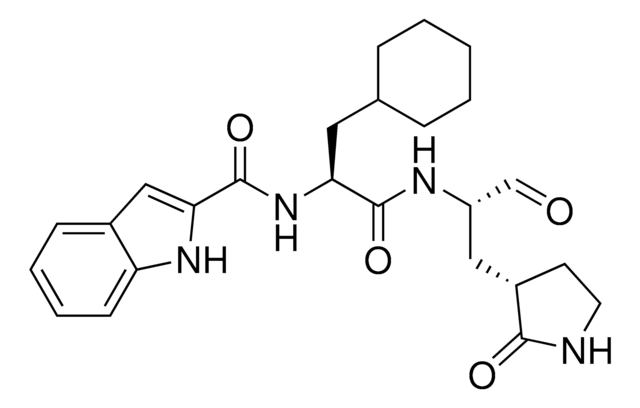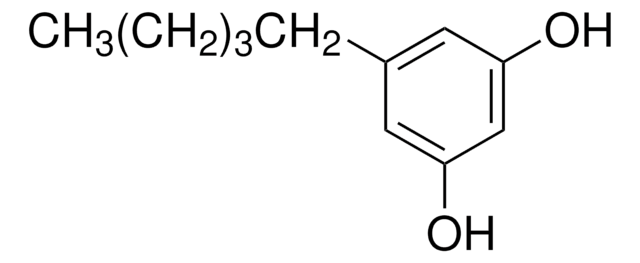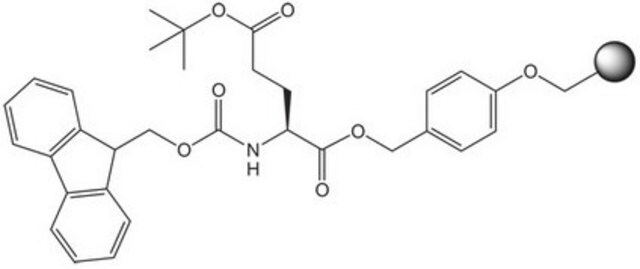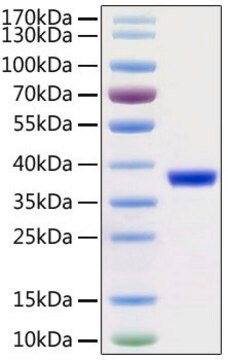SAE0172
Mpro, 3CL Protease from coronavirus SARS-COV-2
recombinant protein, lyophilized product
Synonym(s):
2019-nCoV, 3C Like proteinase, 3C-like main protease, 3CL Mpro, 3CL protease, 3CL proteinase, 3CLpro, COVID-19, COVID-2019, SARS-CoV-2, coronavirus
Sign Into View Organizational & Contract Pricing
All Photos(2)
About This Item
UNSPSC Code:
12352204
NACRES:
NA.54
Recommended Products
General description
Mpro, 3CL is a critical enzyme for the virus life cycle. It activity yield non-structural proteins that are crucial for genome replication and Coronavirus virion production: RNA-dependent RNA polymerase, a helicase, ribonucleases and 3CLpro itself, from two types of polyproteins (pp1a and pp1ab).The maturation of SARS-Cov2 virus (SARS coronavirus) depends on cleavage of the overlapping large polyproteins 1a and 1ab by two viral proteases:
SARS-CoV Mpro, 3CL exists as a homodimer and each protomer has an active site. The proteolytic cleavage of 1ab polyprotein by Mpro occurs at 11 sites: 7 sites within the 1a polyprotein, and 11 sites within the 1ab polyprotein. This results in maturation of 16 viral non-structural proteins.Mpro protease forms a functional homodimer. Both the N-terminus and the C- terminus of Mpro have been shown to be critical for dimer formation and for enzyme function.
The Mpro protease, 3CLpro is an ideal target for antiviral drug design due to its high conservation between different coronavirus strains and absence of functional analogs in the human proteome. Mpro protease from SARS-CoV1 and SARS-CoV2 are functionally identical.
- Mpro (main protease)
- PLpro (Papain-like protease)
SARS-CoV Mpro, 3CL exists as a homodimer and each protomer has an active site. The proteolytic cleavage of 1ab polyprotein by Mpro occurs at 11 sites: 7 sites within the 1a polyprotein, and 11 sites within the 1ab polyprotein. This results in maturation of 16 viral non-structural proteins.Mpro protease forms a functional homodimer. Both the N-terminus and the C- terminus of Mpro have been shown to be critical for dimer formation and for enzyme function.
The Mpro protease, 3CLpro is an ideal target for antiviral drug design due to its high conservation between different coronavirus strains and absence of functional analogs in the human proteome. Mpro protease from SARS-CoV1 and SARS-CoV2 are functionally identical.
Features and Benefits
Mpro, 3CL Protease (3C-like protease)is the main protease of Human Coronavirus SARS-CoV-2. Mpro 3CL Protease is a cysteine protease. Mpro protease cleaves proteins with sequences including LQ[S/A/G) c-terminal to the glutamine residue.
Physical form
The product is supplied lyophilized from 20 mM HEPES, 2.5% Trehalose, and 0.05% Tween 20
This product contains the complete sequence of Mpro protease (Accession: YP_009725301.1) without any additional tags. The product is supplied lyophilized from 20 mM HEPES, 2.5% Trehalose, and 0.05% Tween 20.
signalword
Danger
hcodes
pcodes
Hazard Classifications
Resp. Sens. 1
Storage Class
11 - Combustible Solids
wgk_germany
WGK 3
Choose from one of the most recent versions:
Certificates of Analysis (COA)
Lot/Batch Number
Sorry, we don't have COAs for this product available online at this time.
If you need assistance, please contact Customer Support.
Already Own This Product?
Find documentation for the products that you have recently purchased in the Document Library.
Huifang Li et al.
Journal of agricultural and food chemistry, 69(41), 12197-12208 (2021-09-30)
Severe acute respiratory syndrome coronavirus (SARS-CoV-2) main protease (Mpro) inhibitors are considered as potential treatments for coronavirus disease 2019, and dietary polyphenols show promise in SARS-CoV-2 Mpro inhibition based on in silico studies. In the present study, we utilize a
Bhupesh Goyal et al.
ACS combinatorial science, 22(6), 297-305 (2020-05-14)
A new coronavirus (CoV) caused a pandemic named COVID-19, which has become a global health care emergency in the present time. The virus is referred to as SARS-CoV-2 (severe acute respiratory syndrome-coronavirus-2) and has a genome similar (∼82%) to that
Chavan Sakshi et al.
Journal of biomolecular structure & dynamics, 1-14 (2021-01-12)
Momordica dioica have proven medicinal potential of antidiabetic, antiviral and immune stimulating properties. Flavonoids and triterpenoids from M. dioica were more extensively investigated for antiviral, antidiabetic and immunomodulatory activities. In this present study, we have predicted the reported bioactive flavonoids
Our team of scientists has experience in all areas of research including Life Science, Material Science, Chemical Synthesis, Chromatography, Analytical and many others.
Contact Technical Service

